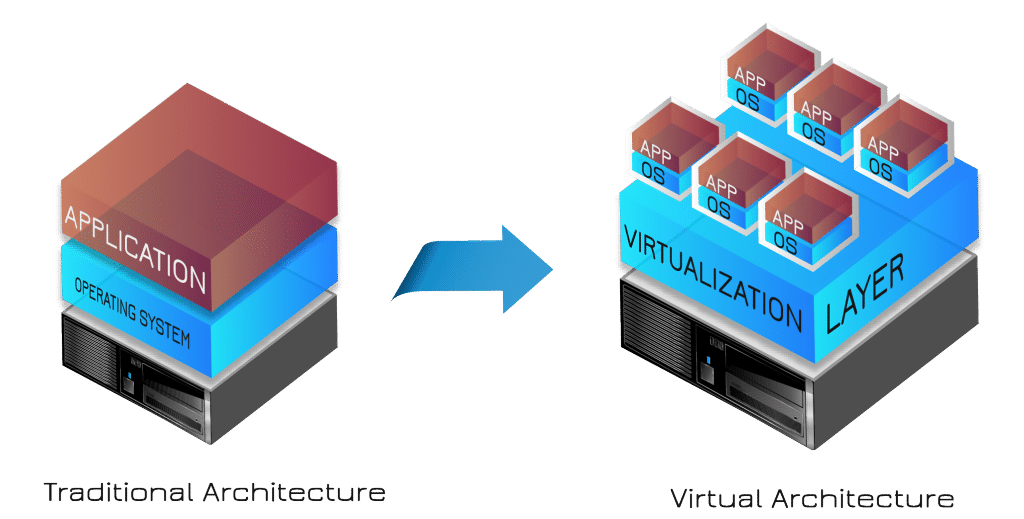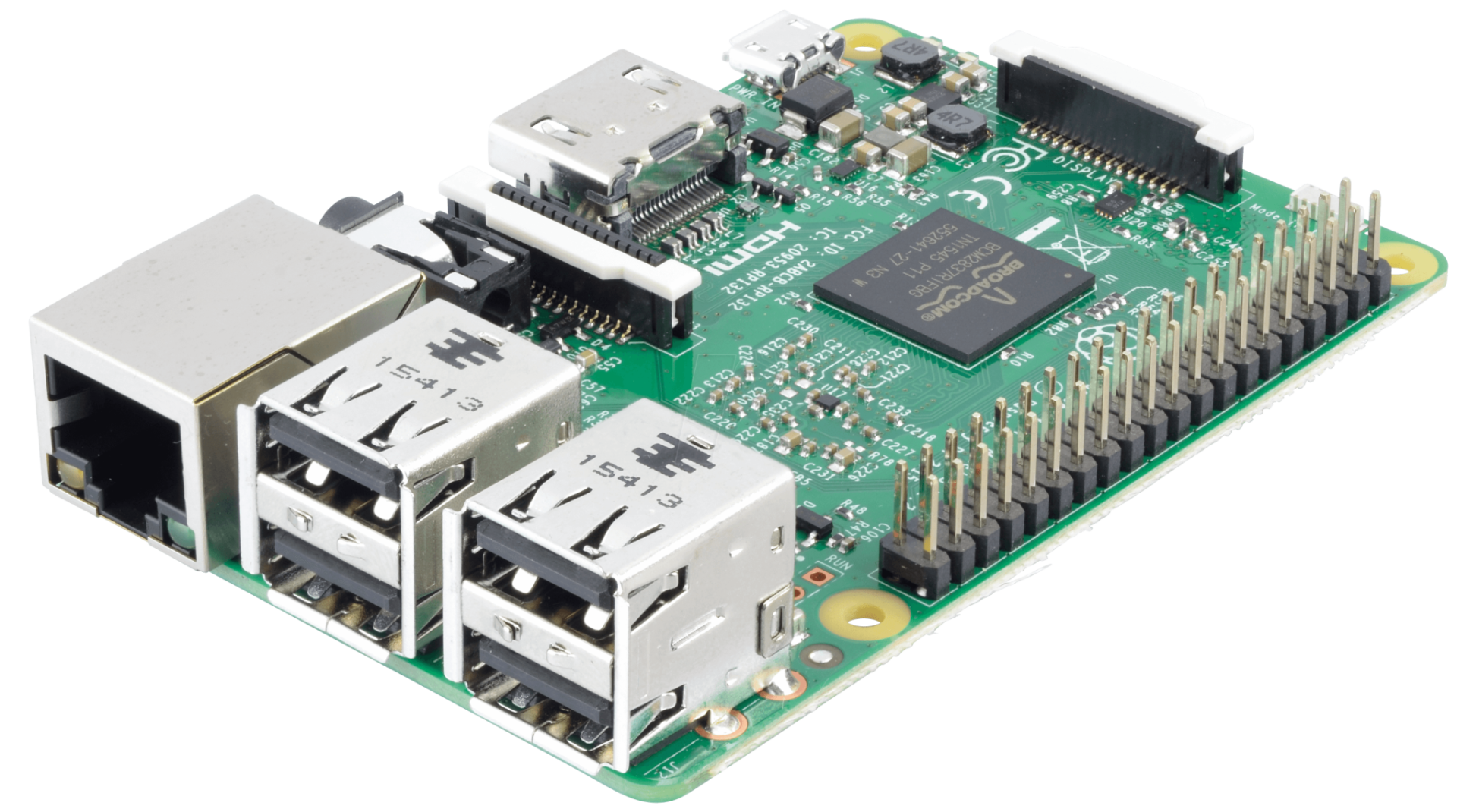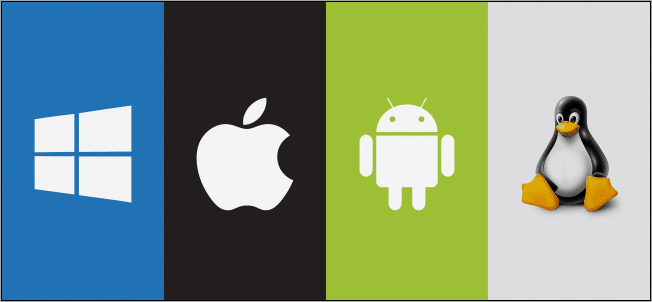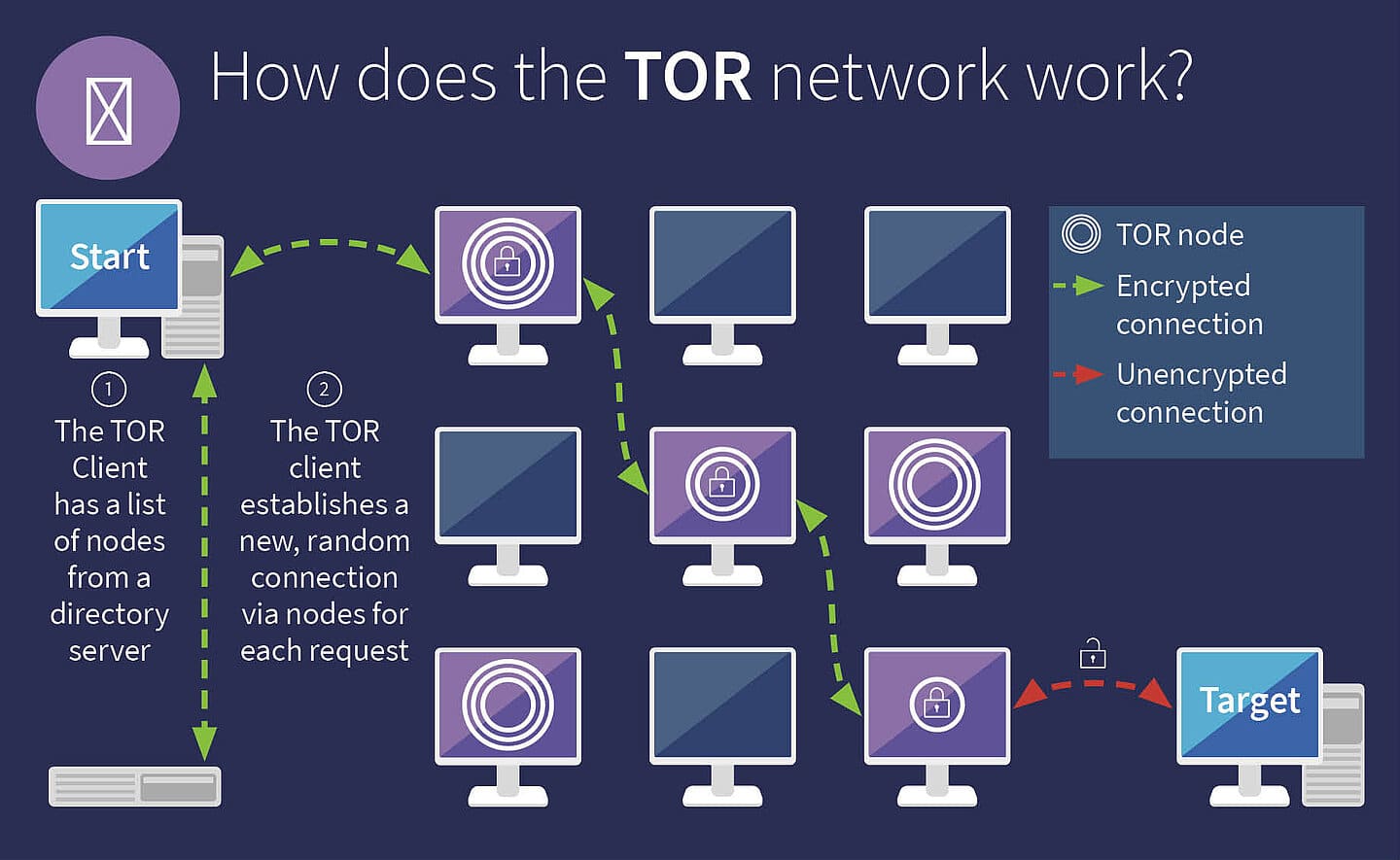What is a Headless Server
There’s a famous saying on the IT world that prays: “There is no Cloud, it’s just someone else’s computer”
And that’s all a server is. It’s a computer somewhere, with expanded capabilities, some times more memory, more processing power, more storage and dedicated hardware to serve specific environments.
What makes it headless? the lack of a monitor, mouse, keyboard, and other peripherals.
Here is mine.
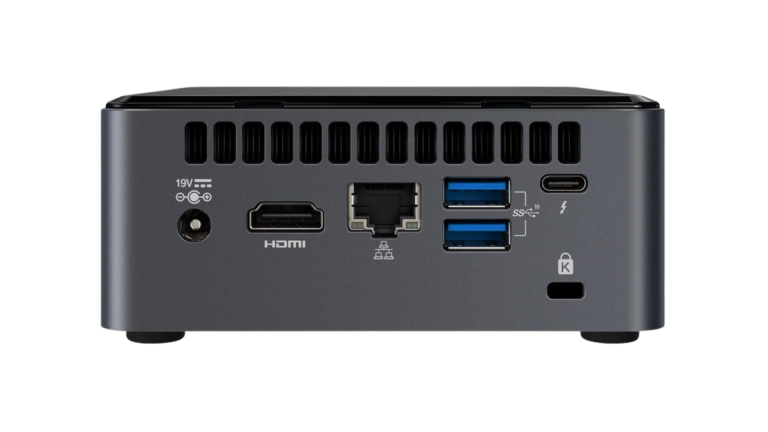
Mine is an Intel NUC computer, with all the necessary hardware and software to run all my home automation and files management. On top of the Ubuntu Server OS, it also runs Apache, Maria DataBase, WordPress, Isolated Virtual Machines, Docker, OpenAI and some other services like multimedia streaming services for all my libraries.
Depending on the requirements a server can have a lot of different sizes and formats. For a home or small home-office this is just right thanks to it’s small form factor.
While installing an operative system from scratch needs from an attached keyboard, mouse and a monitor, once the system it’s installed and we configured remote access to it like SSH we wont need those peripherals anymore, so the only thing connected to my server is the power supply and the ethernet cable, its a powerful little box next to my router that has only one dim light and makes no noise. Simply beautiful.
Enterprise servers on the other hand can look a bit overwhelming, but they are still computers, and once you went thru the guts of a few, you know them all. 😉
Now the server is ready the only way to access a headless server is to use networking tools such as SSH or VNC.
You may ask why somebody needs to create a headless server. It must be not easy to perform simple tasks such as editing a spreadsheet, playing favorite games, and watching YouTube videos. Well, you’re right. One can only access the headless server through the network; hence performing tasks through networking tools such as ssh or vnc server is not as smooth as a normal computer.
Headless servers are not easily manageable, but there are a lot of benefits
Reasons of building headless server
Headless servers are not for graphical interaction like one would have with a Windows or a MacOs computer. Headless servers are created for performing specific operations assigned by the developer. From managing databases to hosting websites, to running virtualized environments, headless servers do it all.
Cost effective
If you want to host a website on your own computer without having to rely on a hosting company, having your own server can be beneficial economically but also means you can access all your data regardless of your internet connection.
If you need to host multiple websites with their databases, you’ll have to buy more computers, and depending on the traffic size, you may have to spend thousands of dollars.
There is no need to buy separate computers as modern-day technology easily creates multiple headless servers on a single physical computer. But a headless server can save a lot of money. As needed, you can add more resources in the future, such as storage, memory, and upgrade CPU & network, etc.
Headless server is Lightweight
Our daily-use computers have tens of unnecessary running services that slow down computer performance. Whereas headless servers only perform specific operations, these servers only run services/applications required to perform these operations. Nowadays, all popular operating systems provide images for running a headless server. These images are lightweight and provide excellent performance.
Virtualization
Virtualization makes it possible to run hundreds of headless servers on a single physical computer. These virtual servers are well integrated into the environment and comfortably share server resources. It’s like dividing a giant room with virtual walls, and each one has its own room. As our business grows, we can add more resources to our computer.
Docker is the most popular platform as a service that allows its users to deploy software in packages called containers. Docker has a huge repository of containers designed to handle (specific) tasks. To know more about Docker and how to deploy docker containers, read this article.
Easily Manageable
Another benefit of using headless servers is that it’s easily manageable. Administrators can automate various system tasks allows them to easily the entire system and possible incidents within the system.
Install Headless Server
Installing a headless server is the same as installing any other server. The only difference is that you don’t have physical access to the machine. To maintain network connectivity, many use multiple LAN cables. In case the network goes down, you will lose access to the server.
To make the entire process easier, You can choose the Operating System and create a USB boot installer using a flash drive and tools like Etcher or Rufus to burn the ISO image into the USB stick. Once your USB flash drive is ready you can boot from the target machine and install the OS onto it. For an in-depth tutorial of how to install Ubuntu Server, please refer to this guide.
Download Server
| Operating system | Download Page |
| Ubuntu | Download |
| Debian | Download |
| Fedora | Download |
| CentOS | Download |
| RHEL | Download |
| FreeBSD | Download |




